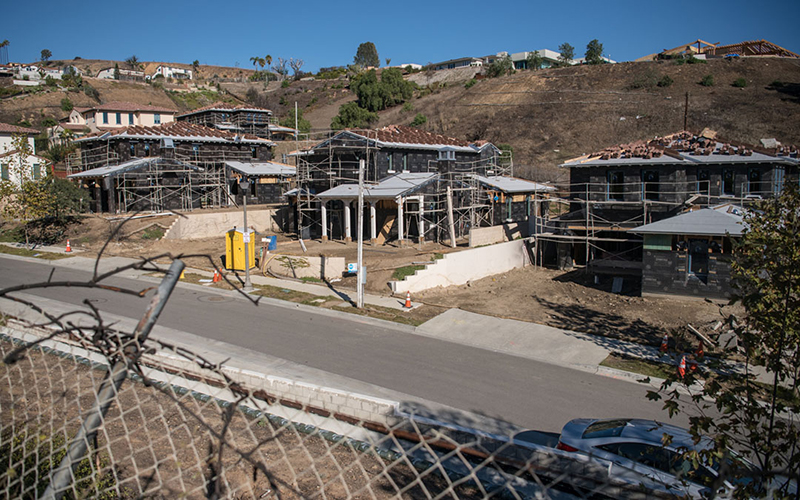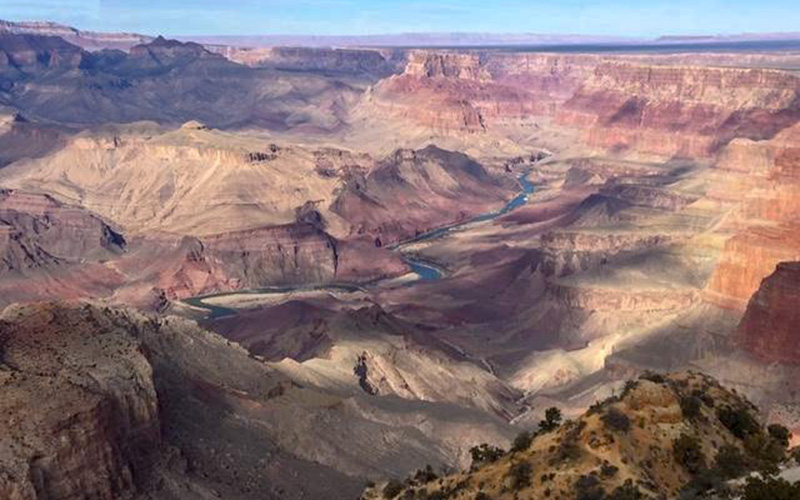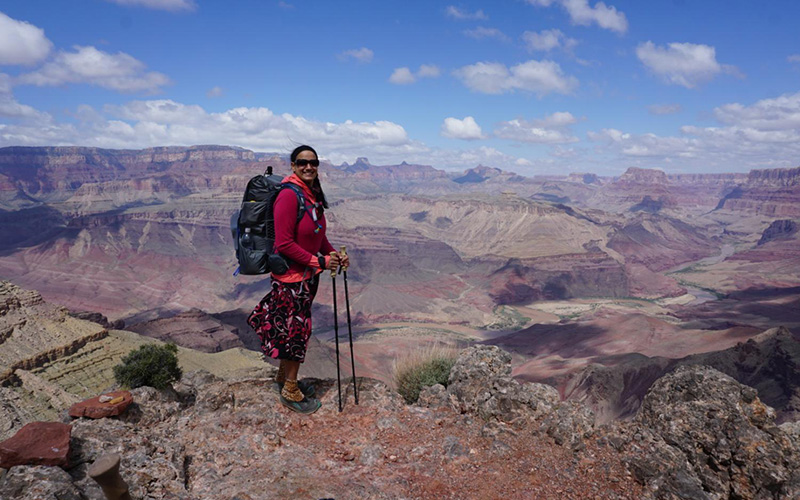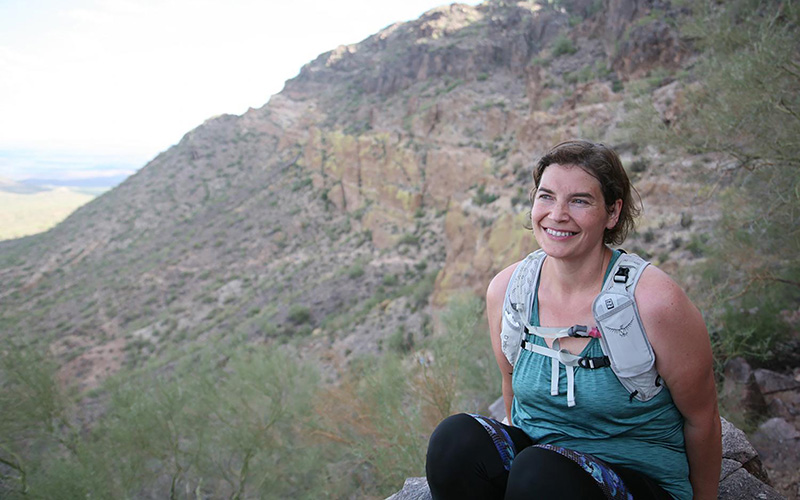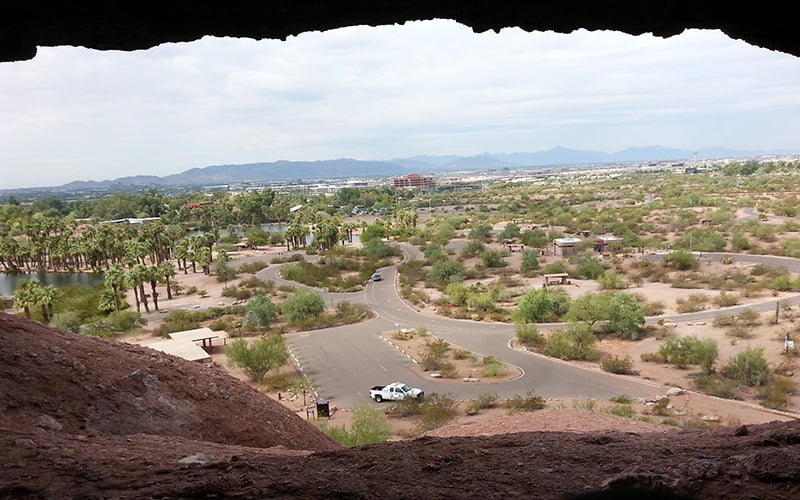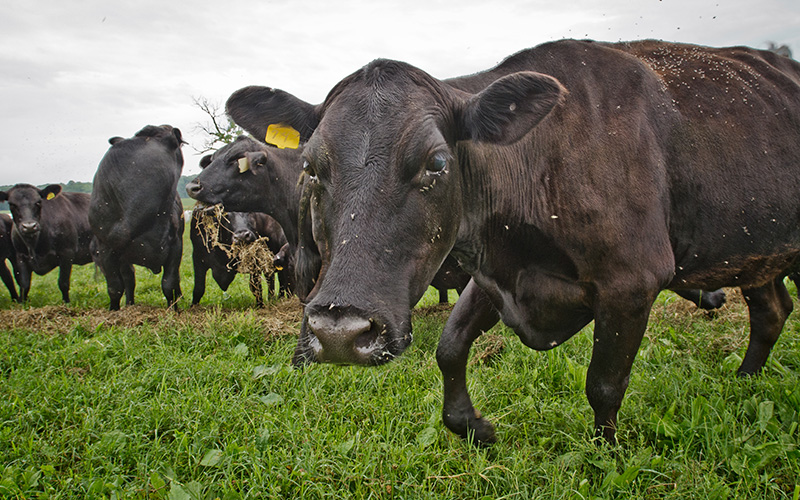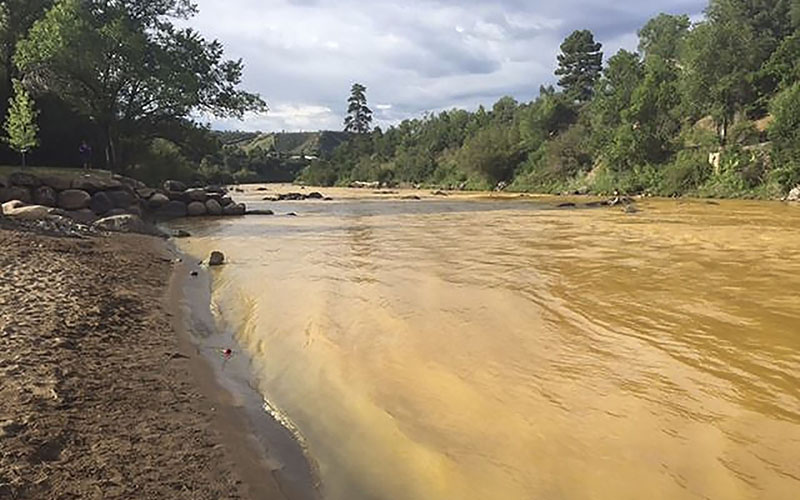Profits and flames: Private firefighters an option for the wealthy
BOISE, Idaho – Some insurance companies are including private firefighting as part of coverage.
New houses, built to fire code, burned down anyway in California’s 2017 Thomas Fire
LOS ANGELES – California's building codes are not keeping up with the severe, wind-driven wildfires that are becoming the norm.
Phoenix and some companies offer options for recycling holiday lights
PHOENIX – Phoenix now offers light-recycling services. Residents can drop off lights at one of two transfer stations, starting the day after Christmas.
‘Our stories need to be told’: Grand Canyon park enlisting Native input as it marks 100 years
FLAGSTAFF – Native voices are being heard as Grand Canyon National Park gets ready to celebrate its centennial next year. Park officials are converting the Desert View overlook and watchtower into a cultural site featuring tribes who have called the canyon home for hundreds of years.
Hiking is for everyone, but not everyone feels welcome to hike
PHOENIX – Not everyone feels welcome on hiking trails, for all sorts of reasons. Sometimes it’s about physical ability. Sometimes it’s about transportation. And sometimes it’s about the color of your skin.
Rolling easy: Barriers to hiking are falling for some with disabilities
PHOENIX – People with disabilities are finding allies and new ways to get outdoors. One of those allies is Ability360 of Arizona, which works to give people with different abilities the chance to live independently.
Going solo: These women find hiking alone to be empowering
PHOENIX – More women are getting outdoors to hike and camp, but not with a group and not with a man. They’re striking out alone. We talk to three of them.
Mountains around Phoenix formed by eons of pushing, pulling and hitting
PHOENIX – How did the mountains surrounding the Phoenix area form? Some blocks rose to become mountains while others dropped to form valleys. This was the birth of the undulating basin and range system that today wraps around the Colorado Plateau.
Arizona, New Mexico and Sonora team up on deal to ship natural gas to Asia
PHOENIX – The governors of Arizona, New Mexico and Sonora, Mexico, have agreed to a four-year pact to promote the production and transmission of natural gas produced in New Mexico. The gas is to be piped through Arizona to Sonoran ports on the Sea of Cortez, where it will be processed and sent to Asia.
Grijalva could bring dramatic shift as head of resources committee
WASHINGTON - After six years as the ranking Democrat on the House Naturall Resources Committee, Rep. Raul Grijalva, D-Tucson, is in line to be its next chairman and he's promising vigorous oversight of the department whose secretary, Ryan Zinke, resigned before Democrats could take over.
‘Nobody wants to be told what to eat’: Rising meat consumption contributing to climate change
PHOENIX – Americans are eating record amounts of beef, pork and chicken, despite campaigns to discourage consumption to reduce global greenhouse gas emissions. One way is to educate younger people, but getting humans to switch behaviors is difficult.
Scientists to look for toxic metals in Lake Powell after Gold King Mine spill
PHOENIX – Three years after an accidental spill from a Colorado gold mine, scientists are getting the chance to thoroughly analyze its impact on Lake Powell. They’re looking for traces of toxic metals in wastewater accidentally released by the Colorado Gold King Mine in 2015.

